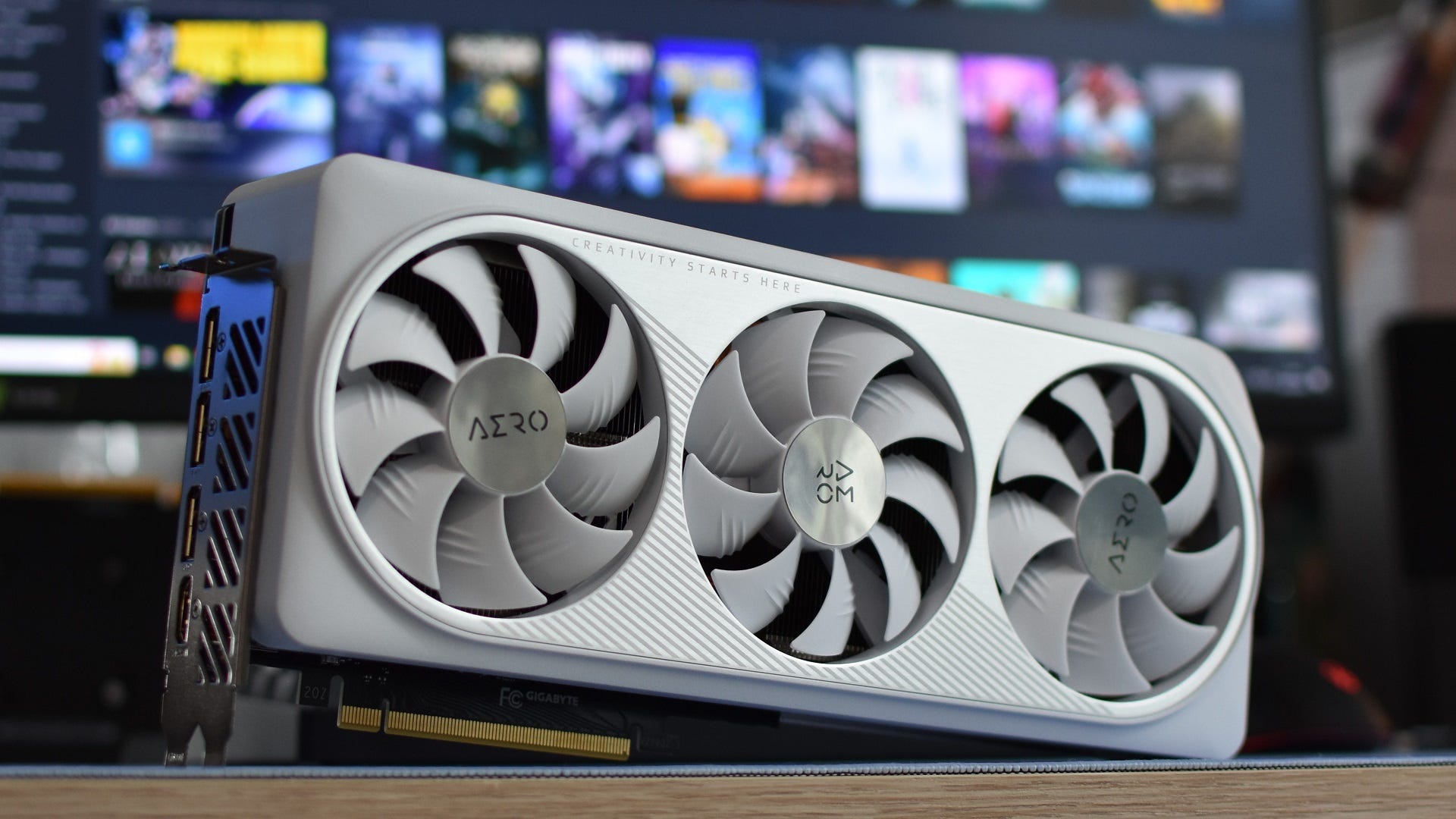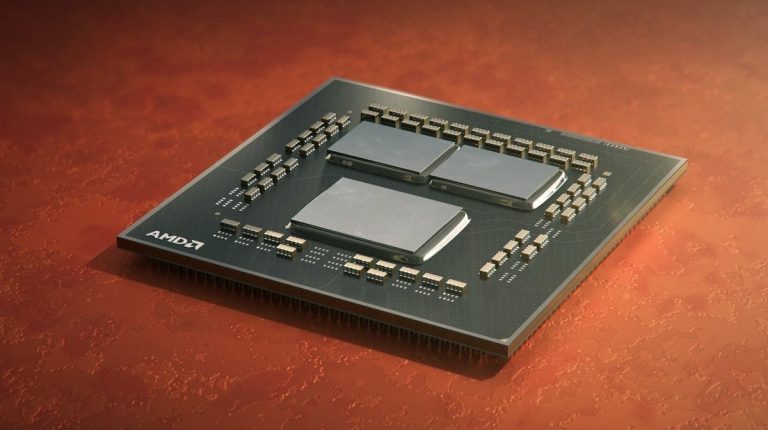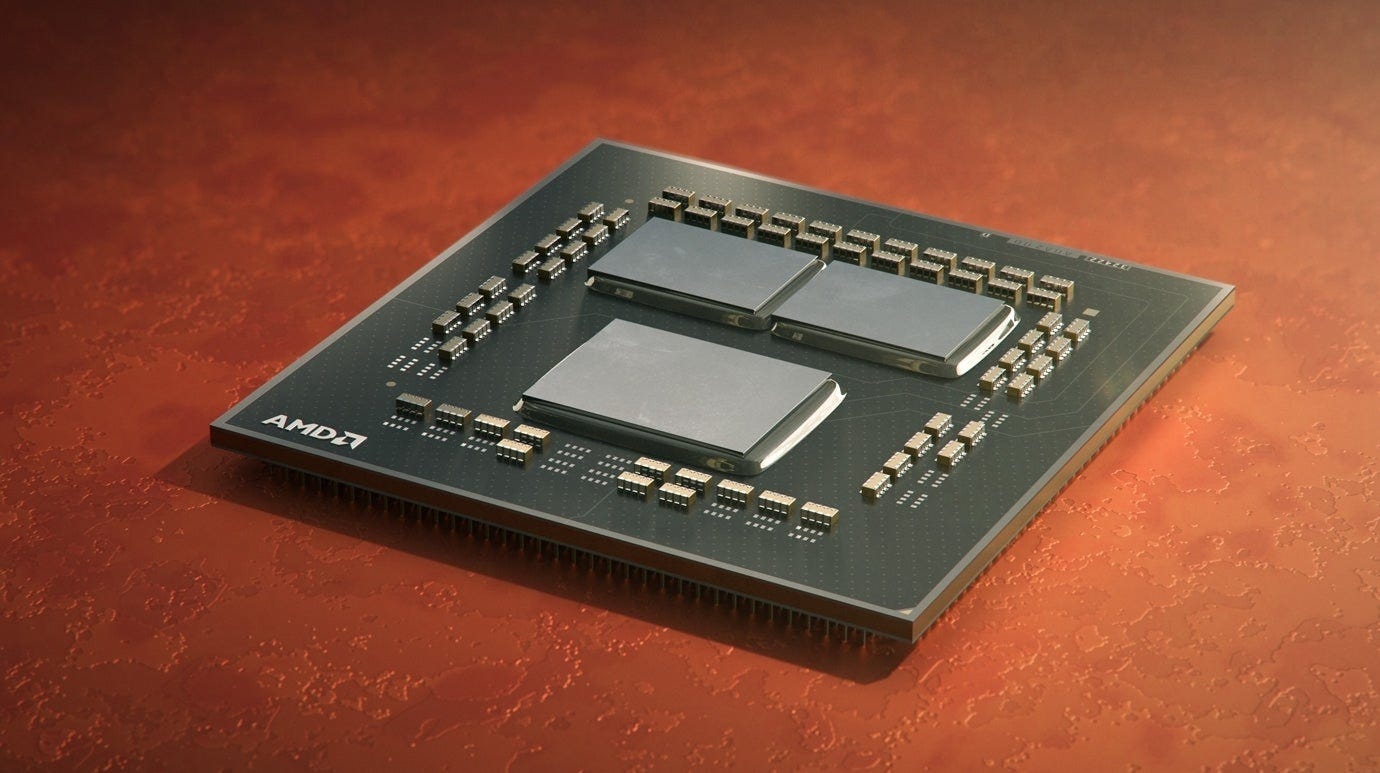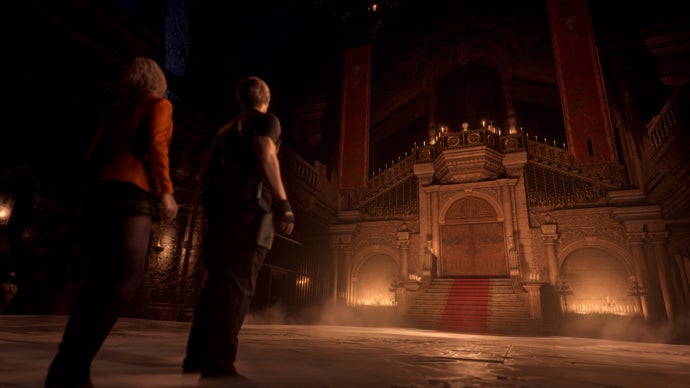I still don’t fully understand the rancor with which the RTX 4070 Ti is often regarded. Where some see an overpriced, memory-deprived albatross of a graphics card, I’ve only ever seen a fast and feature-rich GPU whose 12GB of VRAM is demonstrably fine for 99.95% of games at 4K. A better deal than the RTX 4080 for that resolution, in any case.
Now, though, we can all agree: nobody should buy an RTX 4070 Ti. Not when the RTX 4070 Ti Super is here, doing a better, hopefully less contentious job of smooth 4K without demanding RTX 4080 (or, indeed, RTX 4080 Super) levels of investment.
£895 / $880 (other RTX 4070 Ti Super models start at £770 / $800)
This GPU’s Super-specific upgrades are focused quite keenly on that VRAM, both dropping the infamous 192-bit interface in favour of 256-bit and filling the pool up to 16GB of GDDR6X. That puts it on equal memory footing with both RTX 4080 variants, and makes the CUDA core count upgrade (7680 on the RTX 4070 Ti to 8448) and base clock speed rise (2310MHz to 2340MHz) look even more modest in comparison.
There’s an abundance of factory-overclocked partner cards, too. I’ve used MSI’s GeForce RTX 4070 Ti Super Aero OC, which comes fitted the same fantastically quiet cooler as the RTX 4070 Super Aero OC while also ticking the boost clock up from 2610MHz to 2655MHz. The price? Above average for an RTX 4070 Ti Super, it would seem, though cheaper versions start from £770 / $800. That’s a tad less than the thriftiest RTX 4070 Tis were when they launched last year, if still a long, loping step up from the sub-£600 RTX 4070 Super.
Nvidia tend to present their XX70 models as 1440p specialists, but the RTX 4070 Ti Super still looks a lot like a 4K card to me. It consistently averages above 60fps on maximum quality settings, often breaking the 100fps barrier, and that’s without making use of its performance-boosting DLSS upscaling and/or DLSS 3 frame generation tech.
Getting there involves some tasty touch-ups on the RTX 4070 Ti, including a 23% improvement in Horizon Zero Dawn and 21% in Assassin’s Creed Valhalla. Other differences aren’t so stark, however, like the meagre 3fps gain in F1 22.
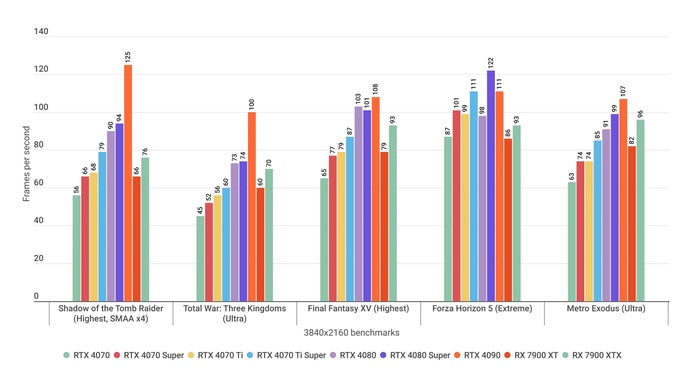
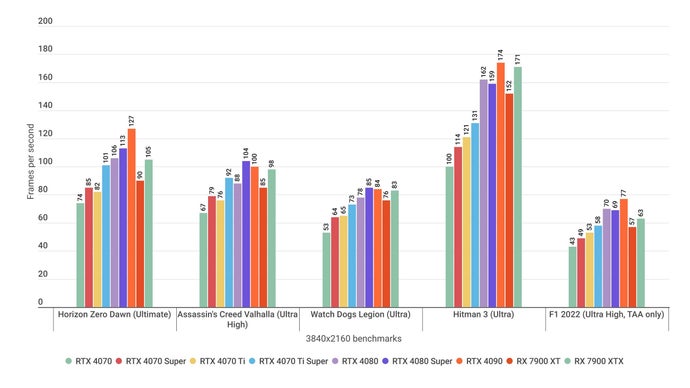
AMD Radeon RX 7900 XTX, which does have an advantage over Nvidia’s offering in several games. It’s much less of a contest, mind, once you start throwing ray tracing and DLSS into the mix. Take Watch Dogs: Legion, in which the RX 7900 XTX wins on native resolution and rasterised lighting. But flick on ray tracing, and its 83fps average wilts to 35fps, whereas the RTX 4070 Ti Super’s more RT-friendly Ada Lovelace architecture cushions its fall to 40fps. Watch Dogs: Legion also lacks FSR support, so the RX 7900 XTX doesn’t have an upscaling option to rival DLSS, which the RTX 4070 Ti Super can use on its Quality mode to climb back up to 65fps.
Hitman 3, which I’m aware I should now be calling Hitman: World of Assassination, also showcases the RTX 4070 Ti Super’s superior handling of tough ray tracing effects. Again, the RX 7900 XTX wins without them, but that 171fps utterly collapses with a full set of RT options, dropping to 33fps. Even if the RTX 4070 Ti Super’s equivalent 38fps isn’t that much higher, the fact that it only fell there from a lower starting point of 131fps shows that the GeForce card is just better at absorbing the framerate hit. That’s true with upscaling in play as well: helped out by FSR 2 on its Quality setting, the RX 7900 XTX produced 178fps without ray tracing and 55fps with it. The RTX 4070 Ti Super, engaging DLSS on Quality, only hit 160fps without ray tracing but held at a higher 61fps with it.
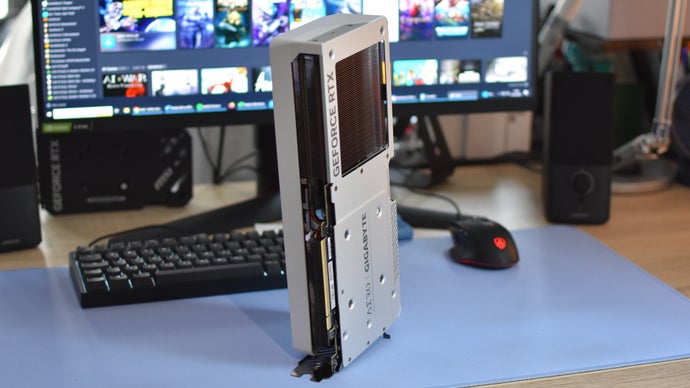
The relative lack of FSR 3-supporting games – and Nvidia cards being able to use it anyway – also means there’s no compelling rival to DLSS 3’s frame generation. This, too, works well on the RTX 4070 Ti Super. At native 4K, Cyberpunk 2077 could merely limp to 23fps with Ultra settings and Psycho-quality, but a combination of frame gen and DLSS upscaling on Performance got it all the way up to 93fps. That’s barely behind the 96fps that the RTX 4080 Super achieved on identical settings, though also no faster than the RTX 4070 Super’s result.
Speaking of its Super brethren, more often than not the RTX 4070 Ti Super lands right between the other two on average performance; that frame-generated Cyberpunk 2077 result is a bit of an outlier. As such, it’s still a better option than the RTX 4070 Super if you want reliably smooth 4K, and it’s better value than the RTX 4080 Super – though now that the latter has released at a lower price than the RTX 4080 did, choosing between the two higher-end options is more of a chinstroker. It might well be that the RTX 4080 Super makes more sense if you’ve got a truly tricked-out monitor that can do both 4K and refresh rates above 120Hz.
The other reason why the RTX 4070 Ti Super is more of a 4K contender is that unless you’re constantly reftitting your PC with the latest, greatest, least bottlenecking CPUs, it ultimately doesn’t offer much at 1440p that you can’t get elsewhere. While there are decent jumps up from the original RTX 4070 Ti – Forza Horizon 5, Metro Exodus, and Assassin’s Creed Valhalla all benefitting particularly well – that also means venturing deeper into the realms of diminishing returns, and when you’re well into triple digit framerates, there’s just not that much of a visible smoothness difference between this and the RTX 4070 Super.
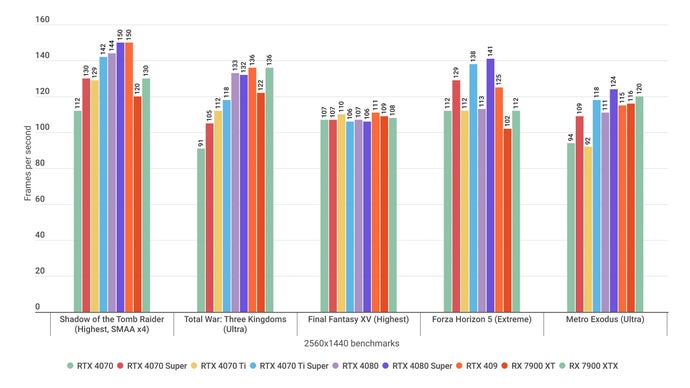
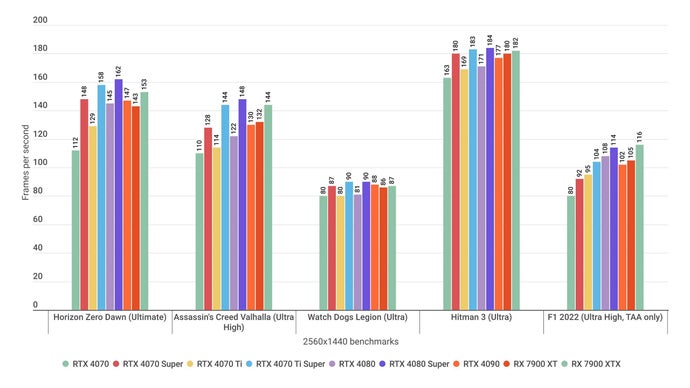
Conversely, there’s a contraction in results between the RTX 4070 Ti Super and the RX 7900 XTX that works very much in the Nvidia GPU’s favour. The only exception, funnily enough, being the former’s big lead in Forza Horizon 5. Otherwise, the difference between them really does come down to DLSS and ray tracing support, which again, can’t be beat on the RTX 40 series.
Back in Hitman Whatever the Suffix Is, the two are about even on rasterised settings, but adding maximum ray tracing only drops the RTX 4070 Ti Super to 96fps. On the RX 7900 XTX, it’s 63fps. Watch Dogs Legion’s Ultra RT setting also had the RTX 4070 Ti Super averaging 68fps while the RX 7900 XTX fell to 57fps, while in Metro Exodus, similar settings produced 100fps on the GeForce and 82fps on the Radeon.
DLSS 3 can be worth using at this resolution as well. Ultra/Psycho ray tracing in Cyberpunk 2077 could actually run playably at 1440p, the RTX 4070 Ti Super averaging 43fps. But Quality-level DLSS upscaling could push this 73fps before frame generation shot it up to 122fps, more than doubling its original frame output. AMD don’t yet have an answer to this – even in the few games where FSR 3 frame gen works, it’s rarely as smooth and clean as DLSS 3 – so again, the real competition comes from within. The RTX 4070 Super scored 110fps in the same conditions, and considering how much cheaper it is, an extra 12fps a isn’t a terribly compelling pitch for the Ti version. Unless you think you might switch to 4K, anyway.
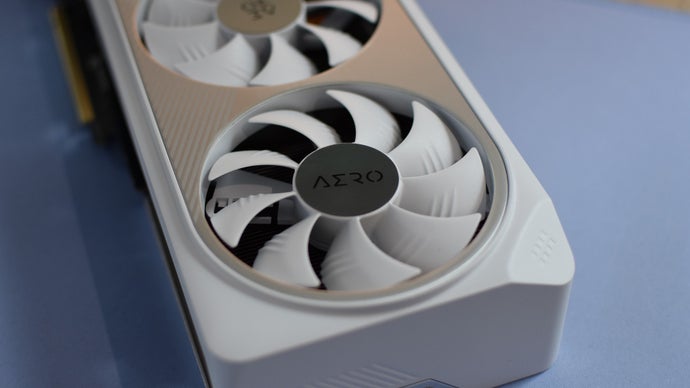
Within those sunlit 2160p uplands, I still think the RTX 4070 Ti Super is a good GPU. Or, at least, a good alternative to the improved, cut-price RTX 4080 Super. Existing RTX 4070 Ti owners probably shouldn’t trade in for one either, but those wanting an upgrade from their RTX 20 series card should definitely look to the Super version before the original.
…Unfairly maligned as it was.
This review is based on a retail sample provided by MSI.
